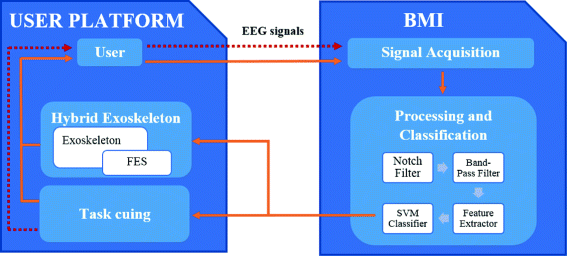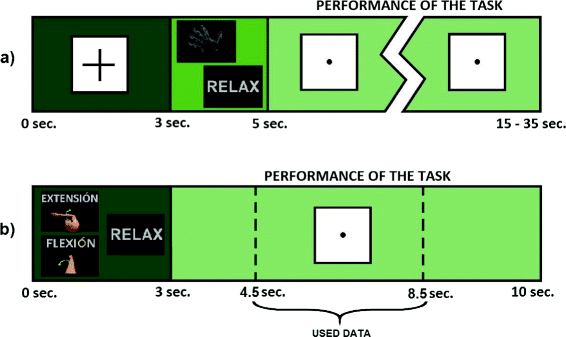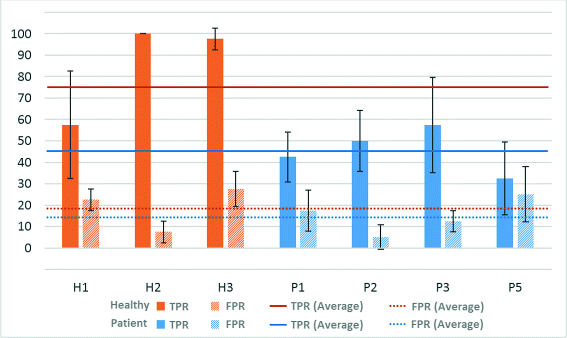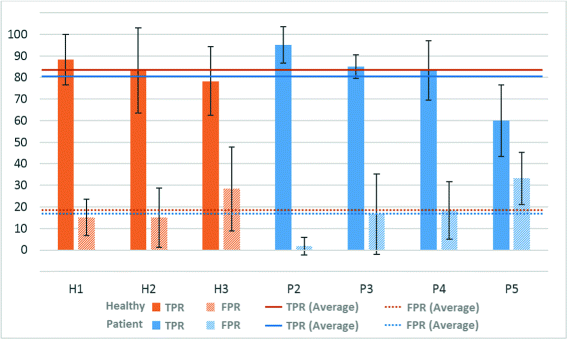Using a brain-machine interface to control a hybrid upper limb exoskeleton during rehabilitation of patients with neurological conditions
- PMID: 26476869
- PMCID: PMC4609472
- DOI: 10.1186/s12984-015-0082-9
Using a brain-machine interface to control a hybrid upper limb exoskeleton during rehabilitation of patients with neurological conditions
Abstract
Background: As a consequence of the increase of cerebro-vascular accidents, the number of people suffering from motor disabilities is raising. Exoskeletons, Functional Electrical Stimulation (FES) devices and Brain-Machine Interfaces (BMIs) could be combined for rehabilitation purposes in order to improve therapy outcomes.
Methods: In this work, a system based on a hybrid upper limb exoskeleton is used for neurological rehabilitation. Reaching movements are supported by the passive exoskeleton ArmeoSpring and FES. The movement execution is triggered by an EEG-based BMI. The BMI uses two different methods to interact with the exoskeleton from the user's brain activity. The first method relies on motor imagery tasks classification, whilst the second one is based on movement intention detection.
Results: Three healthy users and five patients with neurological conditions participated in the experiments to verify the usability of the system. Using the BMI based on motor imagery, healthy volunteers obtained an average accuracy of 82.9 ± 14.5 %, and patients obtained an accuracy of 65.3 ± 9.0 %, with a low False Positives rate (FP) (19.2 ± 10.4 % and 15.0 ± 8.4 %, respectively). On the other hand, by using the BMI based on detecting the arm movement intention, the average accuracy was 76.7 ± 13.2 % for healthy users and 71.6 ± 15.8 % for patients, with 28.7 ± 19.9 % and 21.2 ± 13.3 % of FP rate (healthy users and patients, respectively).
Conclusions: The accuracy of the results shows that the combined use of a hybrid upper limb exoskeleton and a BMI could be used for rehabilitation therapies. The advantage of this system is that the user is an active part of the rehabilitation procedure. The next step will be to verify what are the clinical benefits for the patients using this new rehabilitation procedure.
Figures





References
-
- WHO . Global Health and Aging. Bethesda, Maryland: NIH Publication, U.S. Department of Health and Human Services; 2011.
-
- American Heart Association . Heart Disease and Stroke Statistics-2012 Update: a Report from the American Heart Association. Greenville Avenue, Dallas: American Heart Association; 2012.
-
- World Health Organization . The World Health Report: Reducing Risks, Promoting Healthy Life. France: World Health Organization; 2002.
Publication types
MeSH terms
LinkOut - more resources
Full Text Sources
Other Literature Sources
Medical
Research Materials
Miscellaneous

